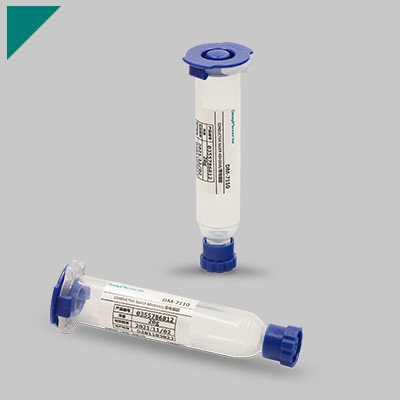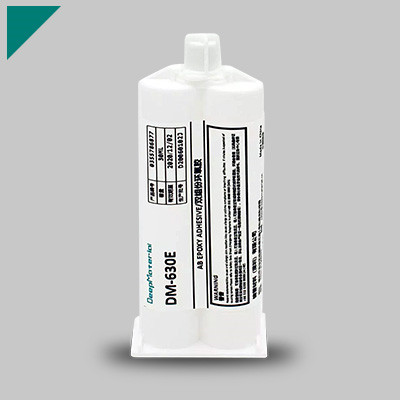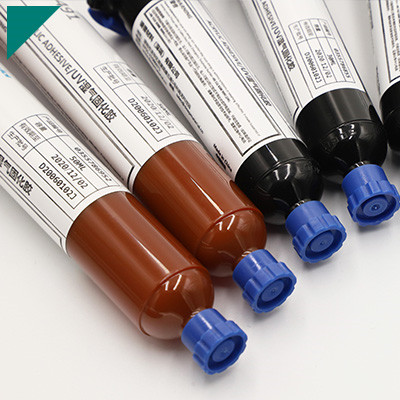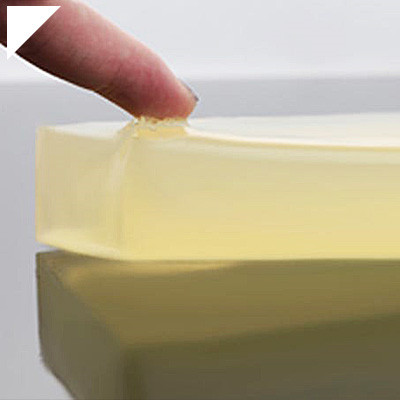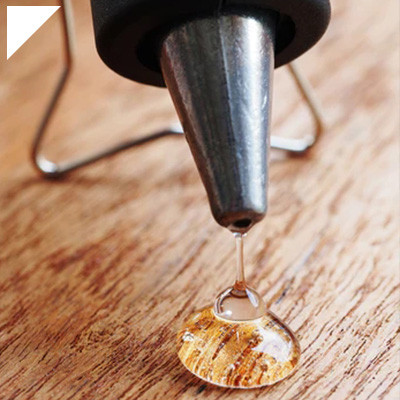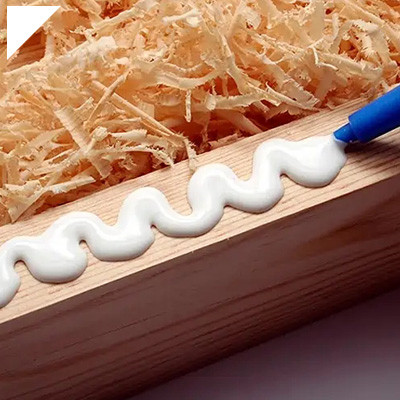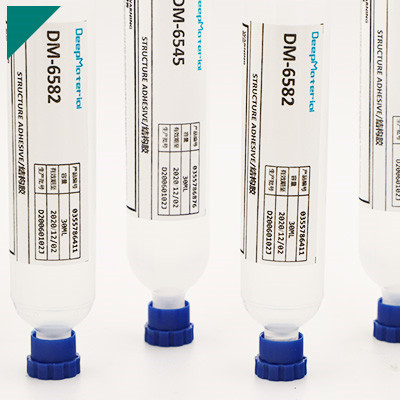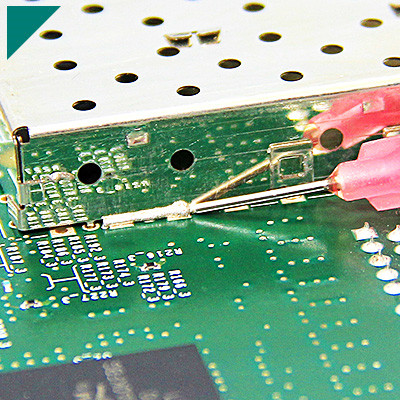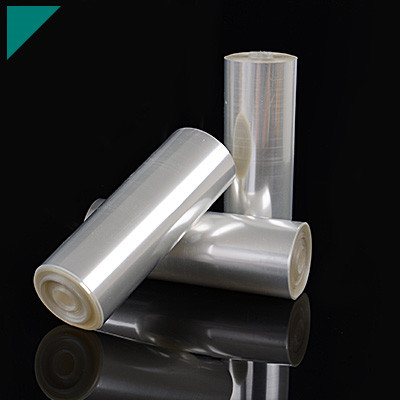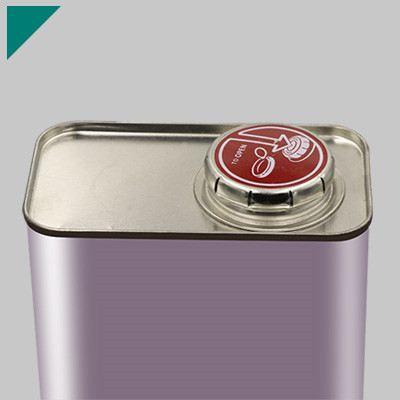Potting Compound For Batteries

In battery technology, ensuring performance and safety is paramount. Potting compounds play a crucial role in achieving these objectives by providing insulation, protection from environmental factors, and structural integrity. This article explores the significance of potting compounds for batteries, their composition, application methods, and the benefits they offer.
Understanding Potting Compounds
Potting compounds, or encapsulants, are materials used to encapsulate electronic components, protecting them from environmental stresses such as moisture, chemicals, and physical damage. In the context of batteries, potting compounds are employed to encase battery cells, modules, or packs, offering insulation and mechanical support.
Composition of Potting Compounds
Potting compounds are typically made from polymer materials such as epoxy, polyurethane, silicone, or acrylic. Each type of polymer has distinct properties that make it suitable for specific applications. For instance, epoxy resins offer excellent adhesion and chemical resistance, making them ideal for protecting batteries in harsh environments. Polyurethanes provide flexibility and impact resistance, while silicones offer high-temperature and electrical insulation.
Application Methods
Potting compounds can be applied using various methods, including manual, vacuum, and automated dispensing. Operators pour or inject the compound into the battery housing by hand in manual potting, ensuring thorough coverage. Vacuum potting involves placing the battery assembly in a vacuum chamber and using vacuum pressure to draw the potting compound into the housing, ensuring complete encapsulation and eliminating voids. Automated dispensing utilizes robotic equipment to precisely dispense the potting compound, offering consistent coverage and reducing labor costs.
Benefits of Potting Compounds
- Enhanced Safety: Potting compounds provide an additional layer of insulation, reducing the risk of short circuits and thermal runaway events. By encapsulating battery cells, potting compounds prevent contact with external conductive materials, minimizing the likelihood of electrical faults.
- Improved Durability: Batteries encapsulated with potting compounds are better protected against mechanical stresses such as vibration and shock. This helps prolong the lifespan of the battery pack, especially in applications subject to harsh operating conditions.
- Thermal Management: Some potting compounds are formulated to offer thermal conductivity, enabling efficient heat dissipation from the battery cells. These compounds help maintain optimal operating temperatures and prevent overheating by facilitating heat transfer away from critical components.
- Chemical Resistance: Potting compounds provide a barrier against moisture, chemicals, and other environmental contaminants that could degrade battery performance. This is particularly beneficial for batteries used in industrial, automotive, or marine applications where exposure to harsh chemicals or weather conditions is expected.
- Customization: Manufacturers can tailor the properties of potting compounds to meet specific requirements, such as flexibility, hardness, or thermal conductivity. This allows for customization based on the intended application and performance targets.
Conclusion
Potting compounds play a vital role in enhancing battery performance, safety, and reliability across various industries. By encapsulating battery cells, modules, or packs, these compounds provide insulation, protection from environmental factors, and mechanical support. With a wide range of formulations available, manufacturers can select potting compounds that best suit their application needs, ensuring optimal performance and longevity of battery systems. As battery technology advances, the importance of potting compounds in providing safe and reliable operation will only continue to grow.
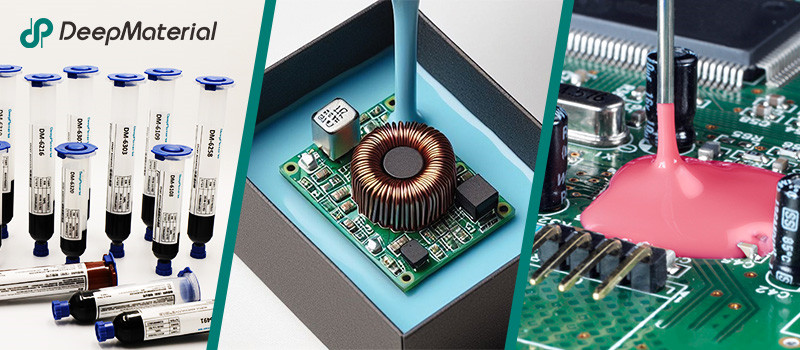
About DeepMaterial
DeepMaterial is a trusted supplier of encapsulant materials that are used in electronics manufacturing worldwide. From chip on board encapsulants such as glob top material to conformal coatings, underfills, low pressure molding, and potting solutions, DeepMaterial offers a full range of circuit board protection materials that effectively protect circuit boards while help reduce costs. More…Deepmaterial is a the manufacturer of epoxy adhesives including hardeners, metalbond, and metal filled resins. Structural, toughened medium viscosity, and non-sag adhesives are also offered. Some adhesives are resistant to thermal shock, chemical, vibration dampening, and impact. Suitable for metals, plastics, wood, and ceramics. Serves electronics, aerospace, automotive, tooling, marine, and construction industries. REACH and RoHS compliant. FDA approved. UL listed. Meets military specifications. We are the one of best adhesive manufacturers in China.
Blogs & News
Potting compounds are at the frontline of electronics assembly, delivering effective protection in challenging environmental conditions while improving mechanical strength and offering high electric insulation. Used within a variety of industries, electrical potting compounds are found within a broad range of consumer electronics, as well as used in applications across the automotive, aerospace, and other industries where electronic assemblies are prevalent.
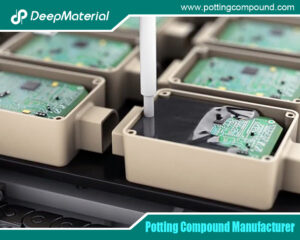
The Comprehensive Guide to Polyurethane Potting Compound Manufacturers
The Comprehensive Guide to Polyurethane Potting Compound Manufacturers In today’s rapidly advancing technological landscape, the protection and reliability of electronic components have become paramount.
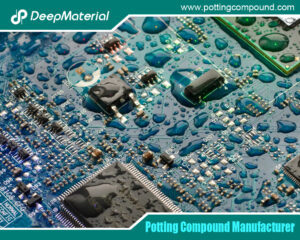
The Comprehensive Guide to Epoxy Potting Compound Manufacturers
The Comprehensive Guide to Epoxy Potting Compound Manufacturers Epoxy potting compounds are essential materials in the electronics industry, providing robust protection for sensitive components against
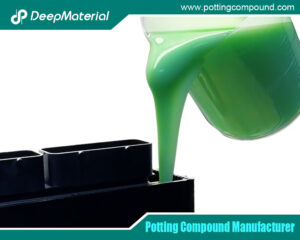
The Essential Guide to Potting Materials for Electronics
The Essential Guide to Potting Materials for Electronics In the rapidly evolving field of electronics, ensuring device reliability and longevity is critical. One of the
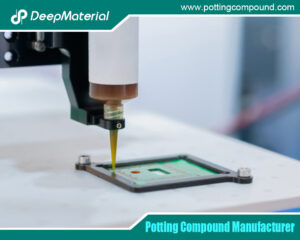
The Expanding Horizon of the Mini Silicone Optical Glue Market
The Expanding Horizon of the Mini Silicone Optical Glue Market The mini silicone optical glue market is witnessing unprecedented growth, fueled by technological advancements and
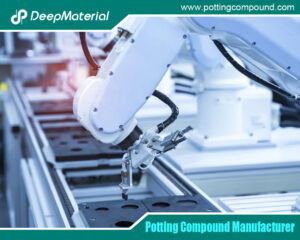
The Comprehensive Guide to PCB Potting Services: Ensuring Reliability in Electronics
The Comprehensive Guide to PCB Potting Services: Ensuring Reliability in Electronics Printed Circuit Boards (PCBs) are the backbone of modern electronics, enabling functionality in
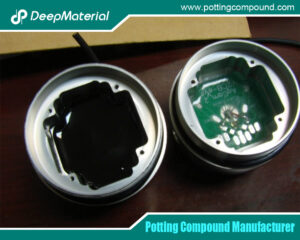
Comprehensive Insights on PCB Encapsulation in Potting Material
Comprehensive Insights on PCB Encapsulation in Potting Material In the fast-evolving landscape of electronics, ensuring the durability, reliability, and longevity of printed circuit boards

